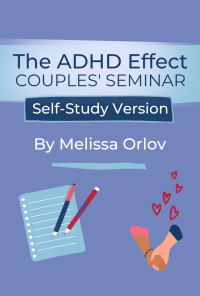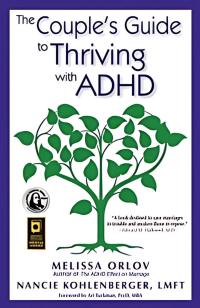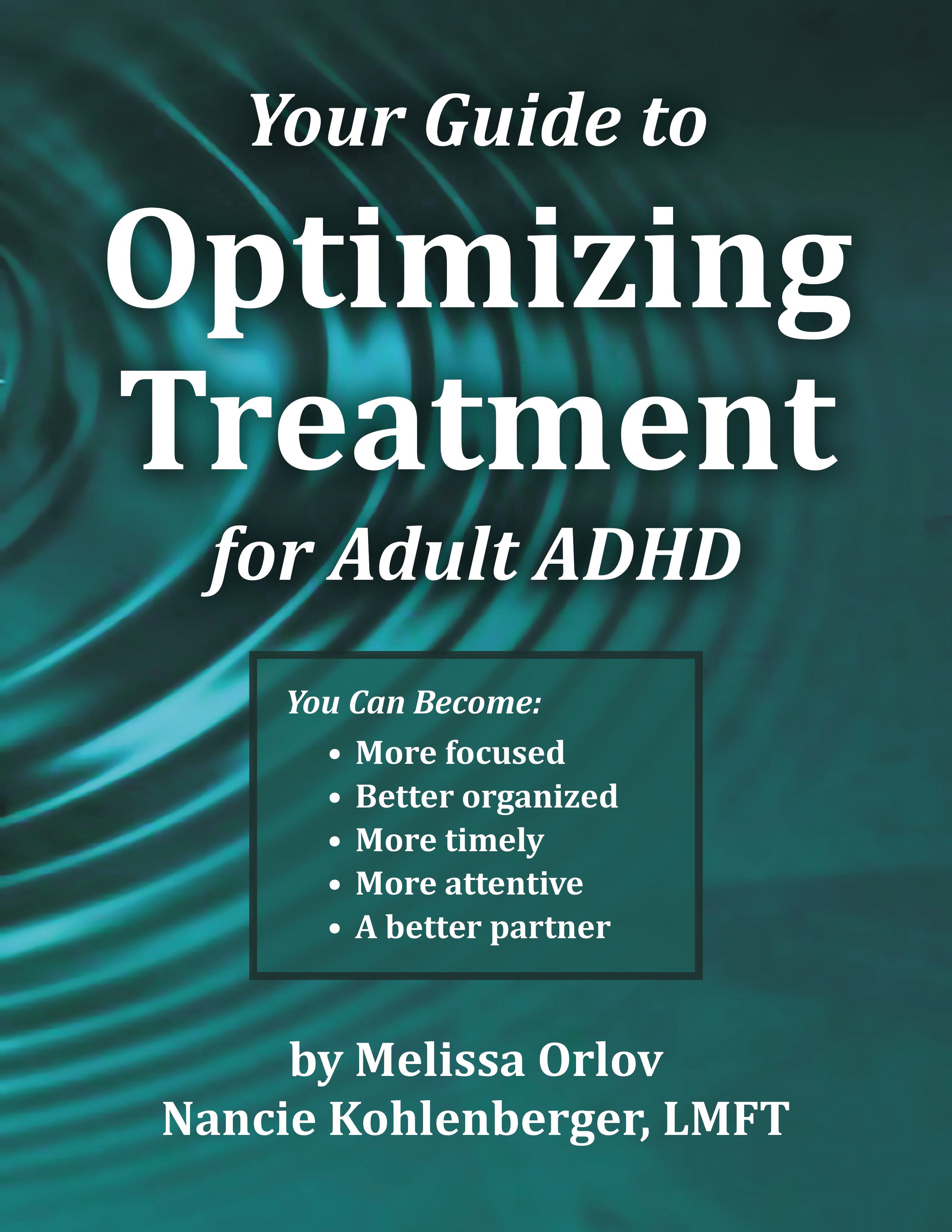Living with ADHD can be challenging, not only for the individual affected but also for their partner. If your partner has ADHD, you might find yourself navigating emotional highs and lows, impulsivity, forgetfulness, and difficulties with focus. This thread is dedicated to sharing tips, strategies, and insights on how to best support your partner while maintaining your own well-being.
Key Discussion Points:
- Understanding ADHD: Educate yourself about ADHD and its impact on your partner's behavior and emotions. Knowledge is power, and understanding their challenges can foster empathy and patience.
- Effective Communication: Open and honest communication is essential. Discuss how ADHD affects your relationship and work together to find solutions.
- Setting Boundaries: Establish clear boundaries to protect your own well-being while supporting your partner. It's important to balance support with self-care.
- Creating Structure: Help your partner create and maintain routines and structures that can mitigate the challenges of ADHD. Consistency can be incredibly beneficial.
- Professional Support: Encourage your partner to seek professional help, such as therapy or counseling. Support groups for both partners and individuals with ADHD can also provide valuable insights and camaraderie.
- Celebrating Strengths: Focus on your partner's strengths and achievements. ADHD can come with unique talents and perspectives that should be recognized and celebrated.
- Self-Care: Don't forget to take care of yourself. Supporting someone with ADHD can be demanding, so make sure to prioritize your own mental and emotional health.
Let's use this space to share experiences, ask questions, and support each other in this journey. Your insights and stories can make a significant difference for others facing similar challenges.
Looking forward to hearing from you!









Comments
6. Celebrating Strengths
I'm trying to focus on the positive strengths that have been given to me having ADHD. By using these strengths, I can become a better partner, and understand how I can be a more understanding and supportive of my partners ADHD needs opposed to mine. Using #1 ( Understanding ADHD ) is my best path to get there. Knowledge is power, and my unique way of learning is my best allie.
My strengths include:
My number 1# strength, I'm a Visual - Spatial Learner ( VSL ). This is a gift.
Vivid Imagination
Picture thinkers have great—often wild—imaginations. They form strong, vibrant mental pictures that are often on the move. They make their own mind-movies as they read and listen. Picture Thinkers’ spatial imaginations can run away with them in great leaps from one fantasy to another, but when under control, there is almost nothing they cannot bring into play in the arena of their mind’s eye.
Seeing Relationship
When VSLs get the big picture, they see the whole of something and how the parts fit together. They are very aware of personal relationships among people as well as how things relate to one another. While they can become very good at sorting into categories, this skill is secondary to that of recognizing the balance of relationships.
3-D Mastery
Although they may be called picture thinkers, VSLs are oriented to the dimension of space and see in 3D. Their world is far more complex than the flat worksheets or textbook pages in a classroom. VSLs often “see” ideas in 3D like computer animation with depth. This 3D ability makes reading difficult to master, since reading feels like Flatland. The p,d,b and q are all the exact same shape in different orientations. To a VSL, they all look alike. They learn to read holistically, rather than phonetically.
Visualization Skill
Visualization takes imagination a step further. There are 2 parts to visualization. There is the “cognitive scratch pad” that is like your computer screen where you input what you see. Then there is the long-term storage of all the visuals that is like your computer memory. Visualizing works for all kinds of thinkers, but is home territory for picture thinkers.
Out-of-Box Thinking
An important aspect in understanding picture thinkers is that they need to think in their own way. They are uncomfortable with following someone else’s line of thought, partly because such linear thinking is not the way their minds operate. Sometimes they really just can’t follow along step by step. Their tendency towards originality can make teachers uncomfortable. Not only does it throw off lesson plans, teachers may have an uncomfortable feeling that they are not doing their job teaching them.
Radar Scanning
It is as if picture thinkers have a radar that is always scanning the environment and taking in information in the periphery. VSLs are alert for changes in tone of voice and shifts in energy. They notice what is missing - if something they saw yesterday is missing today. They scan for the general feel of things as well as signals that something is going to happen. They are more capable of foreseeing the future.
Getting the big picture
Visual-Spatial Learners love novelty. Upon encountering something new—a new subject, a new experience, some unknown object—picture thinkers want to know right away what that thing is. They want to get to the heart of it, what it IS. Once that need is satisfied, they can sit back and learn about the details, all the bits and pieces that are part of the picture.
Pattern Recognition
Scanning and searching for significance combine to produce a talent for pattern recognition in picture thinkers. It is part of their awareness of connections. If a pattern (recurring connection) exists, they will see it. Picture thinkers immediately recognize patterns that are pointed out to them but really excel in finding their own, often seeing connections among things that are overlooked by others. Once pointed out, the connections make sense to others who wonder how they never noticed that
Joie de Vivre
Picture thinkers want life to be upbeat. They love humor, fun, excitement, and challenge. They are affronted by dullness and drudgery and will often sabotage a dreary atmosphere, creating excitement of some sort. They were usually happy, cheerful, fun-loving bon vivants as toddlers. Just as then, they have boundless curiosity, are natural explorers, and delight in discovery and excitement.
Surgency is an aspect of emotional reactivity in which a person tends towards high levels of positive affect. The APA Dictionary of Psychology defines it as "a personality trait marked by cheerfulness, responsiveness, spontaneity, and sociability but at a level below that of extraversion. In children, surgency is an emotional dimension that is characterized by high levels of activity and positive emotion, impulsivity, and engagement with their environment."
10 Signs you might be a kinesthetic learner:
If any of these describe you, here’s a simple recommendation: move it or lose it.
I haven't lost these inherent traits or temperaments. I still see the glass as half full, and still see the positives in people first in most situations. These are my biggest strengths.
The best way for me to be a good supportive partner, is through the 4 Nobel Truths and the 8 Fold path in Buddhism. This is what I'm now attempting to do.
The Four Noble Truths are:
The path alluded to in the fourth truth is The Eightfold Path which serves as both a guide on the road to non-attachment and the road itself. The precepts both inform a traveler on how to proceed and provide the way through spiritual discipline. The eight precepts are:
Right mindfulness: Being aware of body, feelings, thoughts, and phenomena
Right concentration: Single-mindedness
Part of this is to end attachment. Using my strengths, this is how I'm attempting to heal my insecure attachments which are at the source of so many of my relation issues. By doing this, I'll be a better, supportive partner to my ADHD SO.
* it did say, visual spatial learners arrive at solutions in their own way!
Impermanence
Because everything changes, clinging to things and people leads to dissatisfaction and distress.
Comparison
We compare the present to an imagined ideal, which can lead to craving and aversion.
False views
Clinging to false views, like a separate or permanent self, is especially problematic.
Practice non-attachment
Let go of attachment to material possessions, relationships, and ideas.
Cultivate detachment
Develop a greater sense of detachment from thoughts, emotions, and experiences.
Focus on the journey
Instead of focusing on the destination, focus on the process of pursuing your goals.
Practice surrender
Let go of the idea that you are in control and believe in something greater than yoursel